Are you a wine enthusiast who loves exploring the diverse world of wine? If so, then the debate between Merlot and Moscato is sure to pique your interest. These two popular wine varietals offer distinct flavors, aromas, and characteristics that make them stand out in their own right.
Whether you’re a seasoned wine connoisseur or just beginning to appreciate the nuances of different wines, understanding the differences between Merlot and Moscato can elevate your drinking experience. Join us as we delve into the top differences between these two beloved wines and uncover expert food pairing tips to enhance your enjoyment.

Flavor Profile Comparison
When it comes to exploring the world of wine, few comparisons are as intriguing and diverse as Merlot versus Moscato. Merlot offers a rich, velvety profile with notes of black cherry, plum, and a hint of chocolate, making it an excellent choice for those who appreciate a full-bodied, complex red. On the other hand, Moscato captivates with its sweet and fruity taste and aromas of peach, apricot, and orange blossom, providing a light and refreshing experience that’s perfect for warm weather or casual sipping.
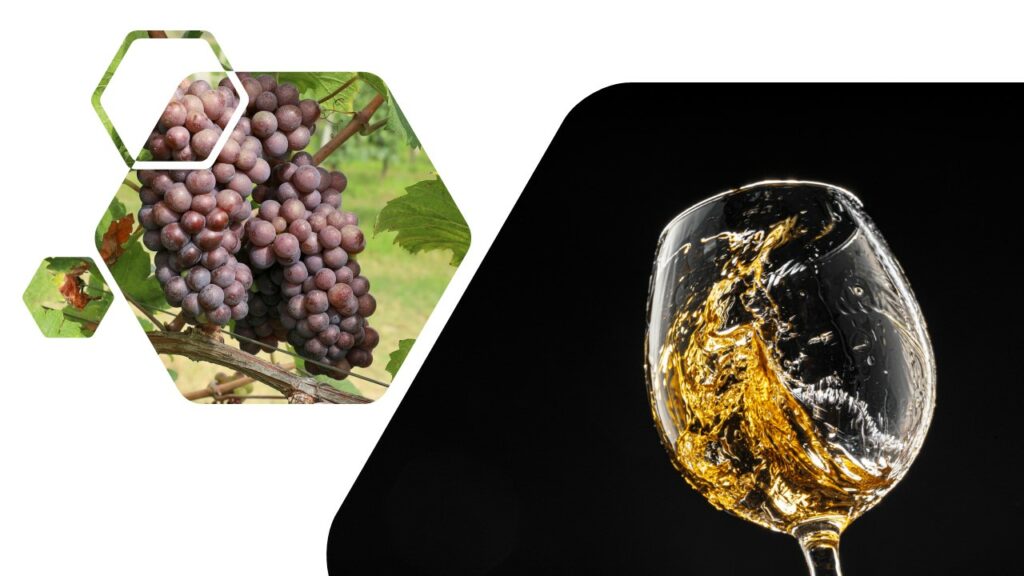
These two varietals couldn’t be more different in terms of flavor profile. While Merlot delivers depth and structure with its robust tannins and dark fruit notes, Moscato exudes bright acidity and playful sweetness balanced by its floral aromatics. Whether you’re seeking a bold accompaniment to hearty dishes or a lively addition to your dessert spread, the distinctive characteristics of these wines offer something unique for every palate. Ultimately, the contrast between Merlot and Moscato allows wine enthusiasts to uncover their individual preferences while reveling in the diversity that this timeless beverage has to offer.
Sweetness Levels Differences: Merlot vs Moscato
When it comes to sweetness levels, there’s a stark contrast between Merlot and Moscato. Merlot typically offers a more dry and medium-bodied profile, with subtle notes of berries and oak. In comparison, Moscato is known for its pronounced sweetness, boasting vibrant fruity aromas and a light, effervescent quality that makes it undeniably refreshing. The distinct difference in sweetness levels between these two wines allows for a unique tasting experience that caters to different palates.
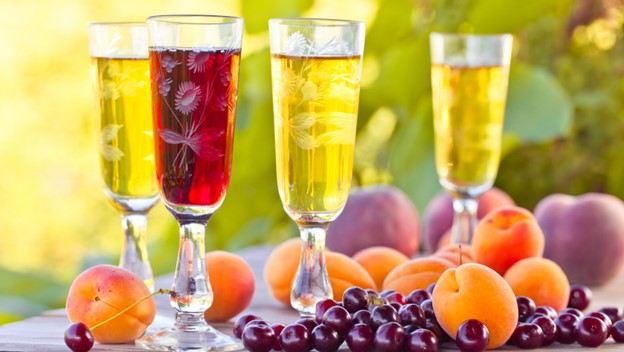
One interesting aspect to consider is the versatility of each wine when it comes to food pairings. While the dryness of Merlot makes it an ideal match for heartier dishes like grilled meats and savory cheeses, the inherent sweetness of Moscato lends itself well to complementing spicy foods or serving as a delightful accompaniment to desserts. Understanding the varying sweetness levels of red grapes in Merlot and Moscato opens up endless possibilities for creating unforgettable dining experiences tailored to individual preferences.

In discovering the nuances of sweetness in Merlot versus Moscato, one can appreciate the intricate interplay between flavor profiles and sugar content within these distinct varietals. Whether seeking out a bold red with nuanced tannins or indulging in a lusciously sweet white wine, there’s no denying the alluring appeal of exploring how different levels of sweetness can elevate every sip.
Before We Begin: Wine Sweetness Chart Basics
At the driest end of the spectrum, we have bone-dry wines like Brut Champagne and Extra Brut sparkling wines. With almost no residual sugar, these wines are crisp, refreshing, and ideal for those who prefer a less sweet option. Moving up the sweetness scale, we encounter dry white wines such as Sauvignon Blanc and Chardonnay. These varietals offer a subtle hint of sweetness balanced with acidity, making them versatile choices for various palates.

Stepping into the medium-sweet category brings us to popular choices like Riesling and Moscato. These wines exude a delicate balance of fruitiness and sweetness, making them perfect for those seeking a more approachable flavor profile. Finally, at the sweetest end lie dessert wines like Port and Sauternes, which boast indulgent levels of sweetness that delight the taste buds. Understanding these different sweetness levels allows wine enthusiasts to appreciate the diverse range of flavors and find their perfect match on any occasion. Whether you crave a dry, crisp sip or a lusciously sweet indulgence, there’s a few sweet wine types out there suited to your personal preference.
Alcohol Levels Comparison: Moscato Is The Low Alcohol Choice
Merlot and Moscato are two popular wines with distinct alcohol levels that greatly influence their flavor profiles and drinking experiences. Merlot typically contains a higher alcohol content, ranging from 13-15%, contributing to its bold, full-bodied character. This elevated alcohol level intensifies the wine’s richness and depth, making it an ideal choice for hearty meals or cozy evenings by the fire.
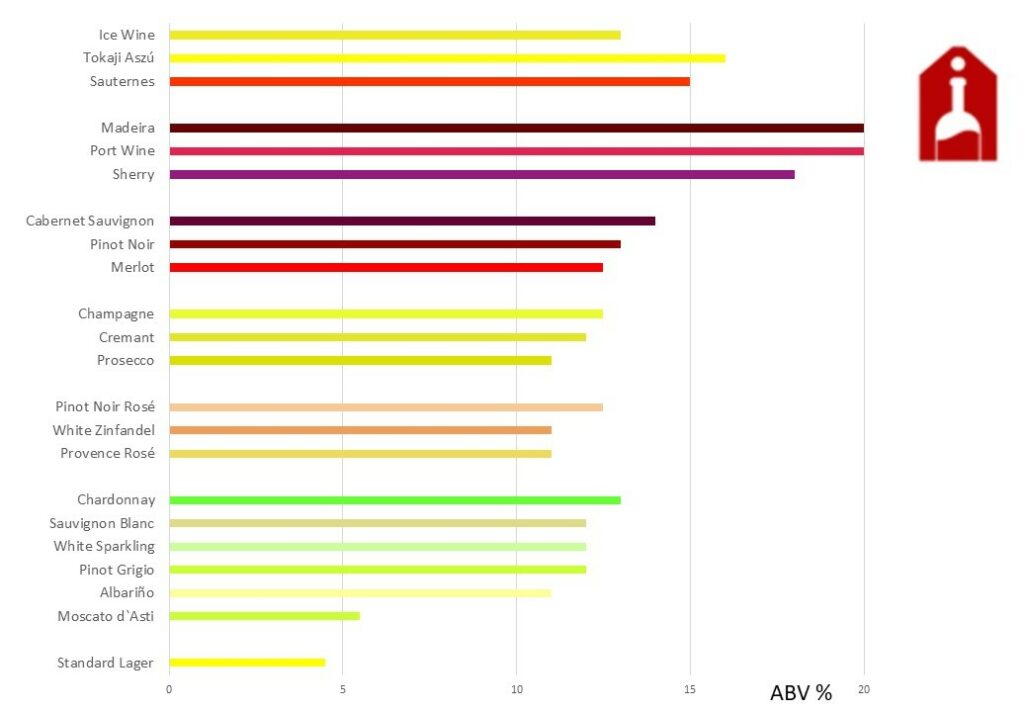
In contrast, Moscato boasts a lower alcohol content of around 5-7%, resulting in a lighter, more refreshing taste. This lower alcohol level allows the wine’s natural sweetness and aromatic qualities to shine through, making it a delightful option for casual gatherings or sunny afternoons. Despite their differing alcohol levels, both Merlot and Moscato offer unique experiences that cater to diverse palates and occasions.

When selecting between these two wines, considering the impact of alcohol content on flavor intensity can provide valuable insights into how each one complements different settings and culinary pairings. Whether you prefer the robust sophistication of Merlot or the lighthearted charm of Moscato, understanding their distinct alcohol levels adds another layer of appreciation to your wine enjoyment.
Sweet Dessert Wine: Merlot vs Moscato
When it comes to sweet dessert wines, the choice between Merlot and Moscato can be a delightful dilemma. While Merlot offers a rich and velvety sweetness with hints of dark fruit flavors, Moscato entices with its light, floral aromas and refreshing, fruity notes. Both wines have their own unique charm, making it difficult to declare a clear winner.
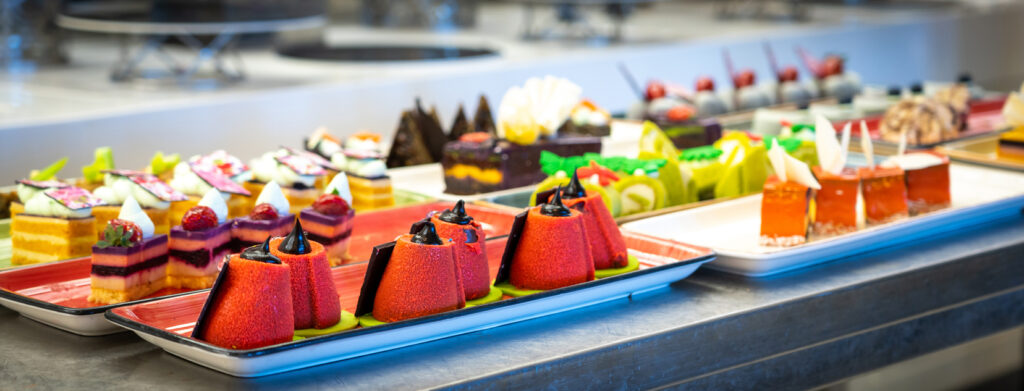
For those seeking a more robust and complex sweetness, Merlot may be the perfect choice for indulging in post-dinner delights. On the other hand, Moscato’s effervescent nature and bright acidity make it an ideal companion for lighter desserts or simply sipping on its own. The decision ultimately comes down to personal preference and the specific characteristics of each wine that best complement one’s palate and desired dining experience. Whether it’s a glass of smooth Merlot or a playful pour of Moscato, both options promise to elevate any sweet treat into a truly memorable culinary experience.
Primary Wine Regions: Merlot vs Moscato wines
When it comes to primary wine regions, the battle between Merlot and Moscato takes center stage. Merlot is commonly found in Bordeaux, France, known for its rich and smooth texture with notes of plum and cherry. However, on the other hand, Moscato hails from the Piedmont region in Italy, offering a delightful sweetness with flavors of peach and orange blossom. These two regions offer not only distinct flavor profiles but also unique winemaking traditions that have stood the test of time.
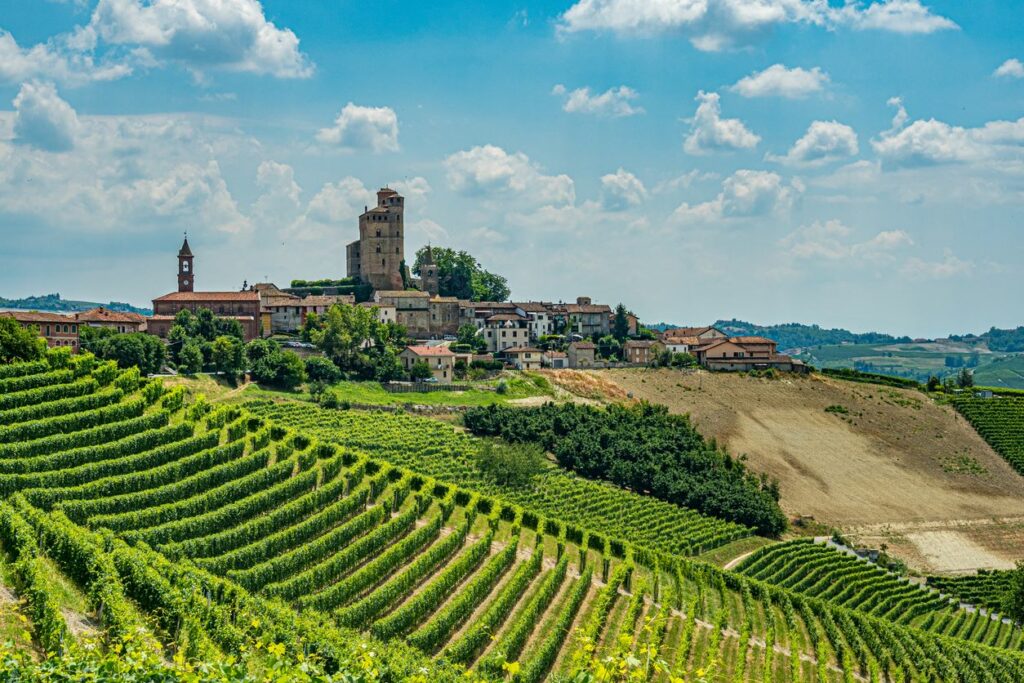
Merlot’s upbringing in Bordeaux has instilled a sense of elegance and refinement in its wines, while Moscato’s roots in Italy provide a playful and aromatic experience. The differences go beyond just taste; they are deeply tied to the rich history and cultural significance of each region. Whether you prefer the boldness of Merlot wines or the light-heartedness of Moscato, exploring these primary wine regions gives insight into not just different grapes but also diverse winemaking philosophies and traditions that continue to shape our appreciation for wine today.

Pink or Rosé – Wines similar to Pink Moscato and White Merlot
Pink wines like Pink Moscato and White Merlot are often associated with their sweet and fruit-forward characteristics, making them popular choices for those with a sweeter palate. These wines are perfect for easy sipping on a warm summer day or as a delightful accompaniment to a light salad or fresh seafood dish. However, it’s important to note that not all pink wines are overly sweet, with some offering more complexity and depth, striking a balance between fruity notes and acidity.

One of the lesser-known gems in the world of pink wines is Rosé. Unlike the intense sweetness of Pink Moscato, Provence Rosé offers a broader spectrum of flavors ranging from crisp citrus and red berry notes to delicate floral aromas. This versatility makes Rosé an excellent choice for pairing with a wide range of cuisines, from spicy Thai dishes to grilled meats. With its growing popularity among wine enthusiasts, Rosé is becoming recognized as more than just a summertime sipper but as an elegant option for year-round enjoyment.
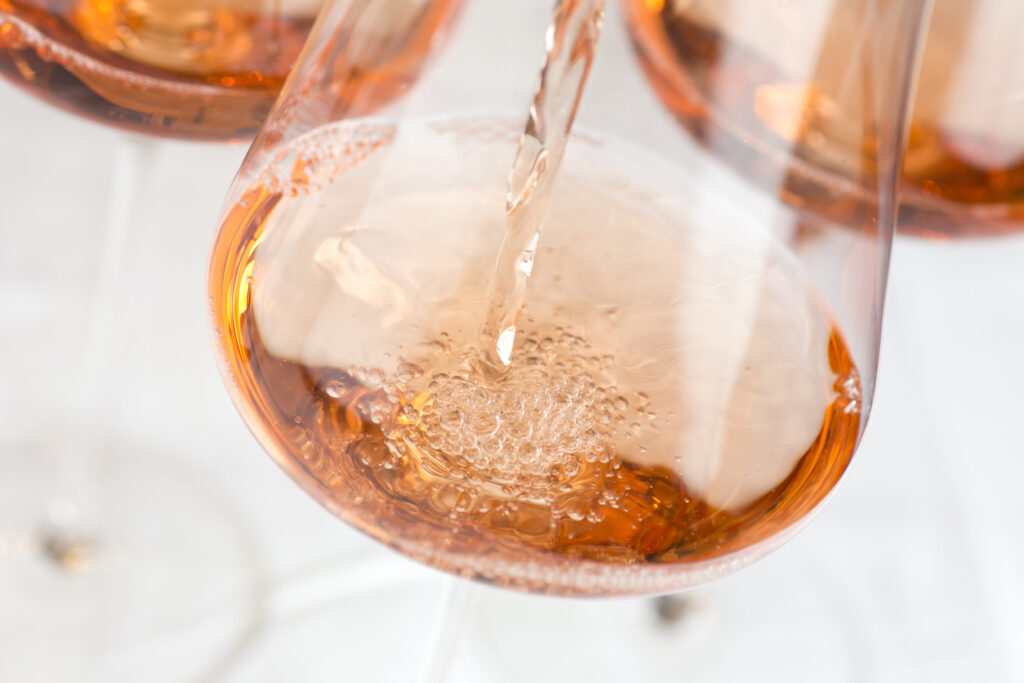
When exploring the world of pink wines, don’t limit yourself to familiar names like Pink Moscato and White Merlot but also consider venturing into new territories such as sparkling rosés and dry rosés from various regions around the globe. The diverse array of styles within this category ensures there’s something to suit every taste preference, making it an exciting journey to discover your next favorite pink wine.
Lightness Factors: Merlot vs. Moscato
When it comes to exploring the nuances of red wine grapes, Merlot and Moscato each bring their own unique lightness factors to the table. Merlot, with its smooth and velvety texture, offers a lightness that is effortlessly approachable. Its soft tannins and ripe fruit flavors make it an ideal choice for those seeking a red wine with a gentle touch. On the other hand, Moscato charms with its delicate sweetness and refreshing acidity, providing a lightness that is playful and whimsical. The vibrant floral aromas and fruity notes make Moscato an excellent companion for lively social gatherings or casual sipping occasions.

In comparing these two varietals, it’s clear that their respective lightness factors represent distinct expressions of enjoyment. While Merlot embodies a more subdued elegance, Moscato exudes a carefree effervescence that appeals to those with a penchant for the whimsical side of life. Whether you’re drawn to the graceful allure of Merlot or captivated by the lighthearted nature of Moscato, both varietals offer an invitation to savor moments of lightness in every glass. Ultimately, whether your preference leans towards structured refinement or spirited playfulness, embracing the diverse lightness factors of Merlot and Moscato adds depth and delight to any wine experience.
White Merlot
White Merlot, often considered a hidden gem in the world of wine, combines the best of both red and white varietals. This unique blend offers a delightful alternative to traditional rosé, with its crisp acidity and vibrant fruit flavors. The pale pink hue hints at the sumptuous aromas and tastes of strawberries, peaches, and citrus that dance on the palate with each sip. White Merlot’s refreshing character makes it an ideal choice for warm weather enjoyment, whether you’re savoring a leisurely picnic or lounging by the pool.
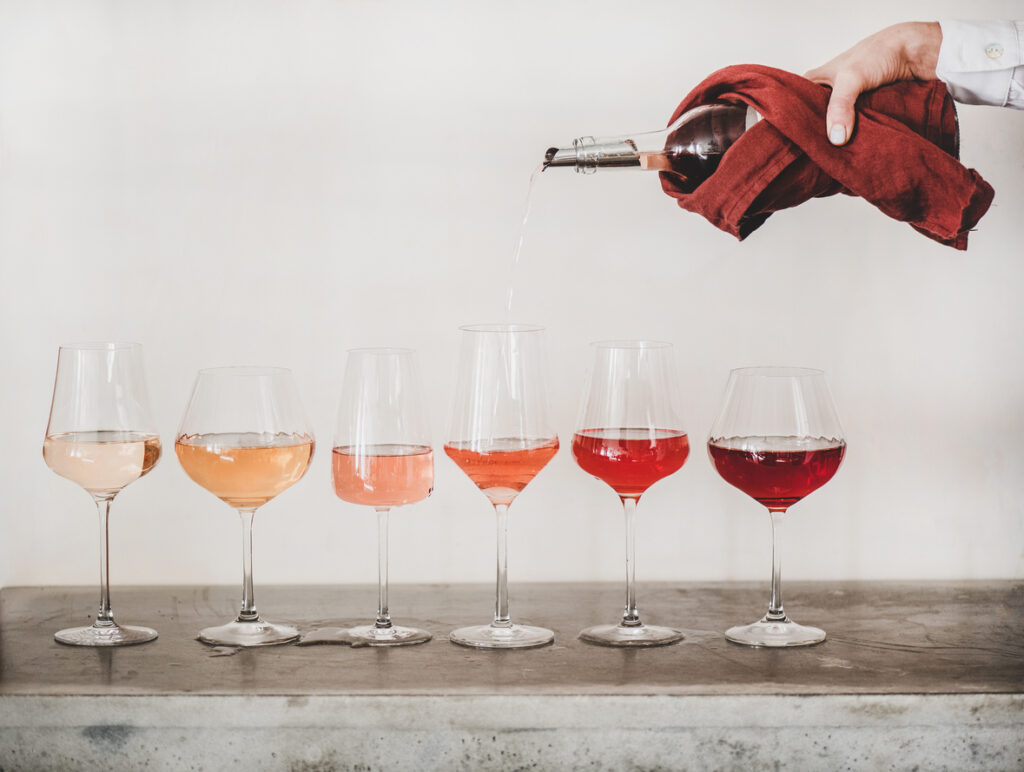
Unlike its more popular red counterpart, White Merlot tends to be lighter in body and less tannic, making it effortlessly approachable for casual wine enthusiasts. Its versatility also shines through when paired with various dishes, from light salads to seafood fare. With its subtle sophistication and easy-drinking nature, White Merlot is carving out a niche for itself as an intriguing option for those seeking something different from their wine experience. Whether enjoyed alone or alongside good company, this distinct varietal promises to offer a memorable tasting adventure that lingers long after the last drop has been savored.
White Merlot vs Moscato wines
Moscato and white Merlot are two popular wine choices that often leave wine lovers pondering over which one to uncork for a delightful evening. White Merlot, a variation of the classic red Merlot, offers a refreshing and lighter alternative with its pale pink hue and crisp flavors. Its subtle hints of berries and floral notes make it an ideal companion for light dishes or simply to enjoy on its own.

On the other hand, Moscato charms with its aromatic sweetness and lively bubbles that tantalize the taste buds. With its fruity profile and lower alcohol content, Moscato appeals to those who prefer a sweeter option without the heaviness of dessert wines. This dazzling white wine is perfect for brunches, summer soirées, or as an accompaniment to spicy cuisines.
While both White Merlot and Moscato have their unique allure, they cater to different palates, wine types and occasions. Whether your preference leans towards the elegant subtleties of White Merlot or the vivacious sweetness of Moscato, these delightful whites are sure to elevate any gathering or quiet moment of indulgence.
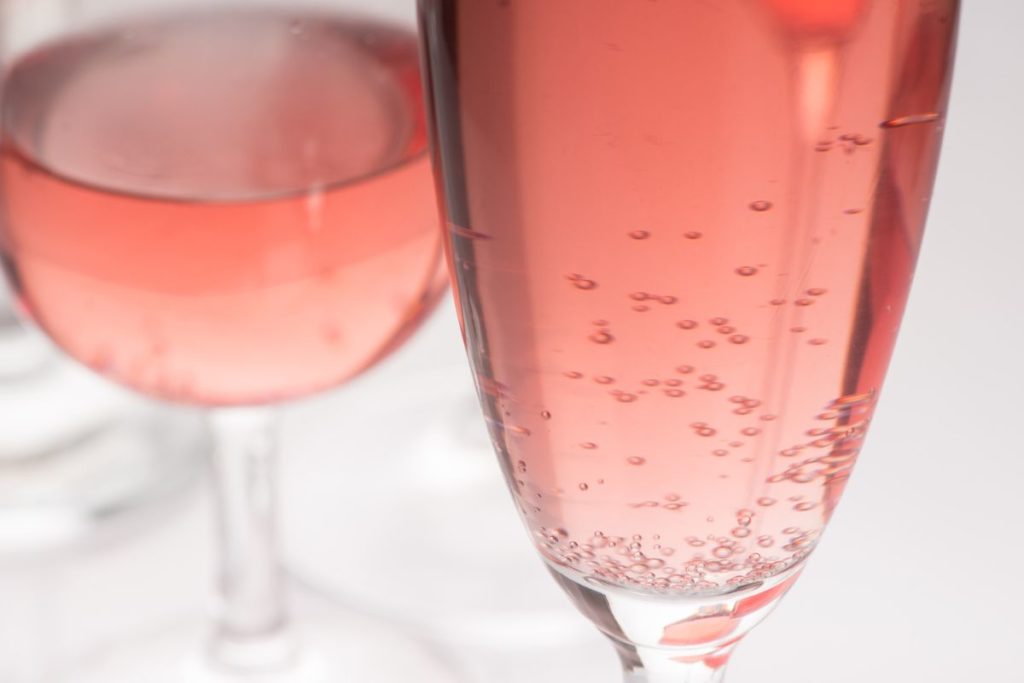
Pink Moscato wines
Pink Moscato, with its delicate pink hue and sweet, fruity flavors, has captured the hearts of wine enthusiasts worldwide. This luscious varietal is known for its vibrant aromas of very ripe grapes, strawberries and floral notes, making it a delightful choice for those with a penchant for sweeter wines. Its refreshing taste profile, coupled with just the right amount of effervescence, creates a truly indulgent drinking experience that is perfect for any occasion.
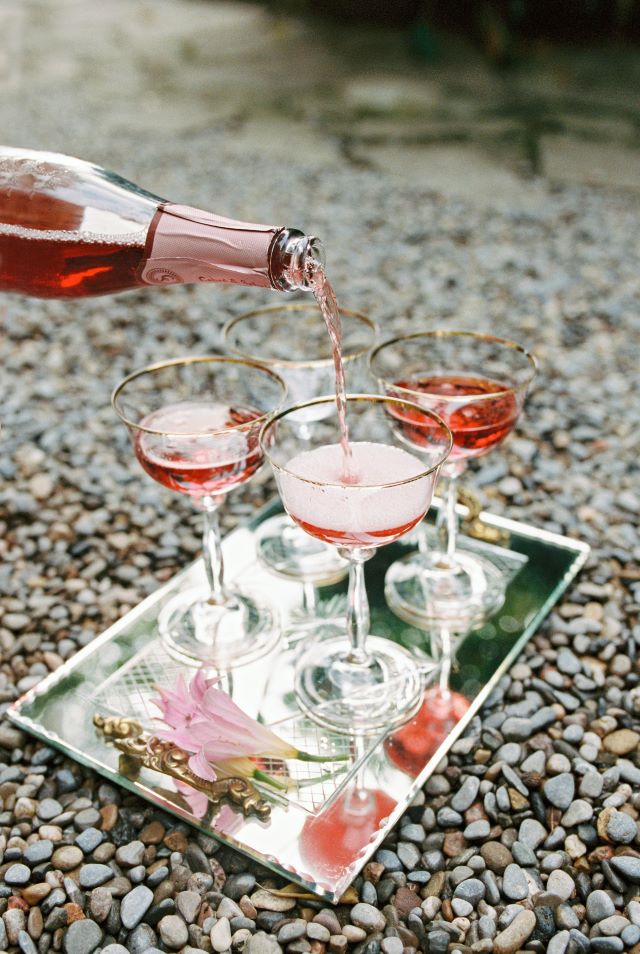
The versatility of Pink Moscato cannot be overstated; it pairs beautifully with a wide array of dishes, from light salads to spicy Asian cuisine. Additionally, its low alcohol content makes it an ideal option for casual sipping or outdoor gatherings. With its growing popularity in recent years, Pink Moscato has carved out a niche as one of the go-to choices for wine lovers seeking a touch of sweetness without overwhelming their palate. Whether enjoyed on its own or alongside appetizers, this charming varietal continues to enchant both new and seasoned wine drinkers and aficionados alike.
Color and Style Differences: Merlot vs Moscato Wines
When it comes to color and style differences, Merlot and Moscato wines offer a stark contrast that goes beyond the obvious variations in flavor profiles. Merlot, with its deep red hue, exudes elegance and richness, mirroring its smooth, full-bodied nature. On the other hand, Moscato presents a lighter shade of pale yellow or golden tones, reflecting its light and sweet character that appeals to those seeking a more refreshing option.

In terms of style, Merlot often embodies a classic sophistication with its robust tannins and complex flavors of dark fruits and earthy undertones. Its versatility allows for pairing with a wide range of foods and occasions. Meanwhile, Moscato captures attention with its bright sweetness that is perfect for sipping on warm summer evenings or accompanying dessert courses. The effervescent quality of Moscato adds an element of playfulness to any gathering.
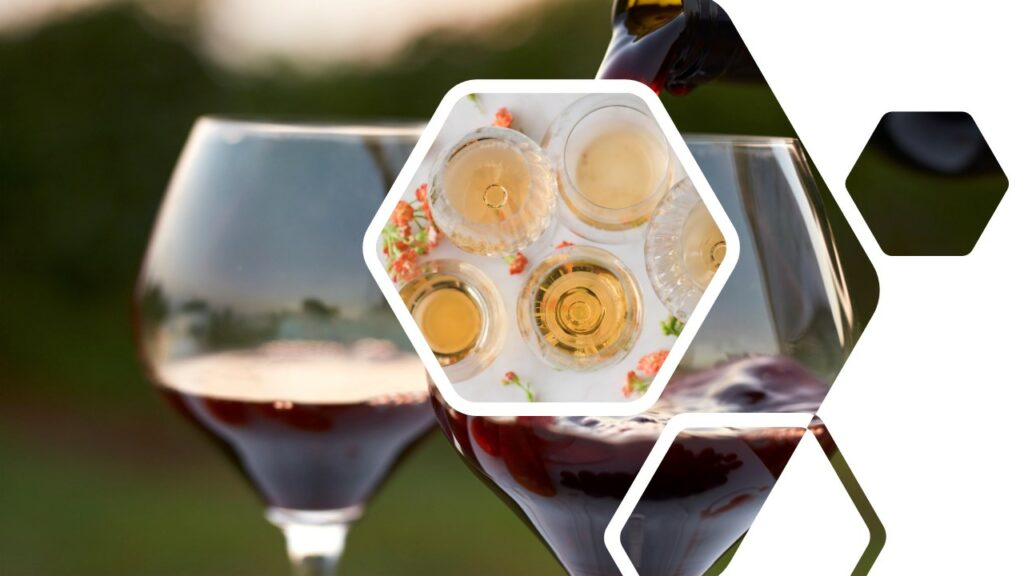
In essence, the choice between Merlot and Moscato extends beyond preference for reds or whites; it encompasses an exploration of contrasting colors, styles, and experiences. Whether you lean towards the bold allure of a velvety Merlot or revel in the charming sweetness of Moscato’s golden essence, each wine offers a unique journey for your palate to embark upon.
White Zinfandel vs White Merlot
When it comes to light, refreshing wines, White Zinfandel and White Merlot are often at the forefront of wine enthusiasts’ minds. Both of these varietals offer a unique and delightful drinking experience, but their differences set them apart in distinct ways.
White Zinfandel is known for its slightly sweeter flavor profile with hints of strawberries and melon, making it an excellent choice for those who prefer a fruit-forward wine. On the other hand, White Merlot tends to be drier with more delicate floral notes and a slightly fuller body, catering to a different palate altogether.

What truly distinguishes these two wines is their versatility in pairing with various dishes. White Zinfandel’s sweetness lends itself well to spicy cuisine or as a refreshing standalone drink on warm afternoons.
Meanwhile, White Merlot’s dryness makes it an ideal companion for rich seafood dishes or creamy pastas while still maintaining its crisp freshness. Ultimately, whether you prefer the vibrant fruitiness of White Zinfandel or the elegant complexity of White Merlot, both varietals offer something unique and exciting to explore in the world of white wines.
Sparkling Rosé and Rosé Champagne similar to Moscato wines
Sparkling Rosé and Rosé Champagne are often overlooked in favor of the sweet and fruity appeal of Moscato wines, but they offer a unique and sophisticated experience for wine enthusiasts. Just like Moscato, these pink-hued wines can range from dry to sweet, giving them a versatility that complements a wide array of palates.
However, unlike Moscato’s emphasis on fruitiness, Sparkling Rosé and Rosé Champagne showcase a refined balance of fruits, florals, and minerality that elevate the drinking experience.

While Moscato wines are celebrated for their easy-drinking nature, Sparkling Rosé and Rosé Champagne offer complexity and depth with their delicate bubbles that dance across the palate. The effervescence adds an extra dimension to the wine’s flavor profile, creating an exhilarating sensory experience.
With their ability to pair well with both savory dishes and desserts, these rosés offer a diverse range of culinary possibilities beyond what is typically associated with sweet wines like Moscato.
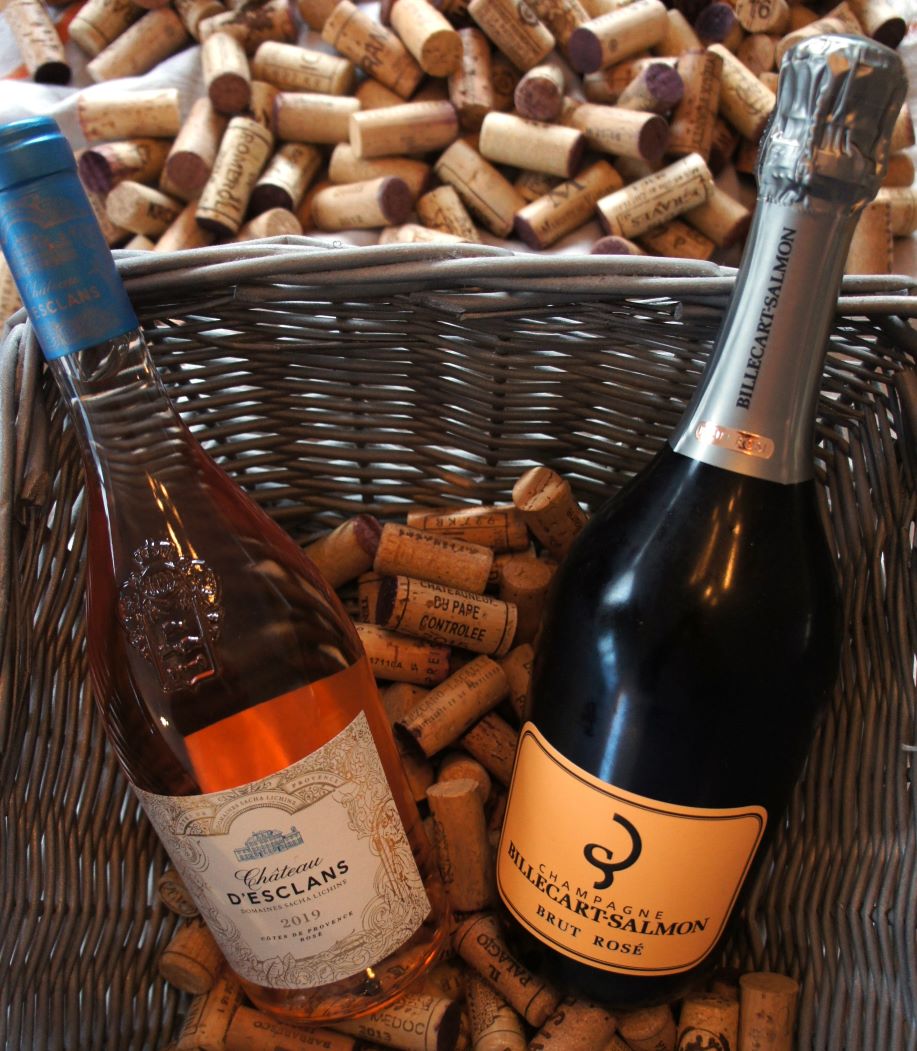
While Moscato remains a popular choice for those seeking a sweet sipper, it’s worth exploring the world of Sparkling Rosé and Rosé Champagne for those looking for something more complex yet equally delightful.
These pink wines exude elegance while still offering approachable qualities that make them perfect for any occasion. So next time you’re shopping for wine or planning an evening out at your favorite restaurant or bar—consider making room in your glass for Sparkling Rosé or
Pairing Food Merlot vs White Merlot vs Moscato
When it comes to foodpairing, Merlot offers a versatile and rich flavor profile that complements a wide range of dishes. Its bold tannins and hints of plum and black cherry make it an excellent match for hearty red meats like steak or lamb. On the other hand, White Merlot, with its lighter body and floral notes, also pairs well and beautifully with seafood such as grilled shrimp or seared scallops. The subtle fruitiness of White Merlot also makes it an ideal accompaniment to light salads and creamy pasta dishes.
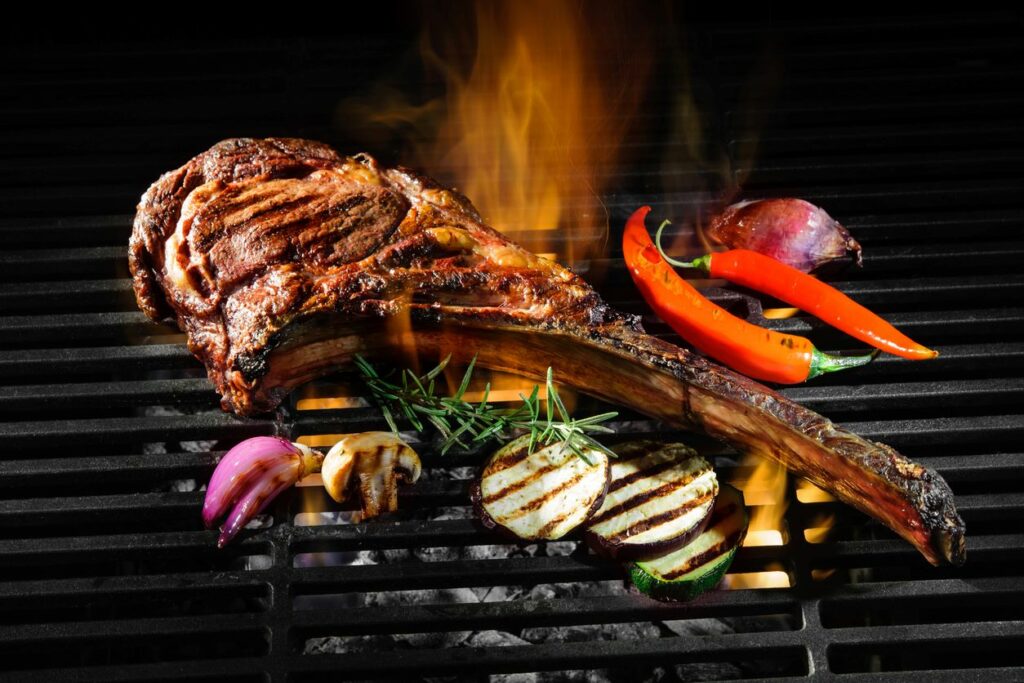
In contrast, Moscato’s sweet, fruity flavors make it perfect for desserts and fruit-based appetizers. Its bright acidity can cut through the richness of creamy desserts like cheesecake or panna cotta, while its natural sweetness makes it an excellent pairing for fresh fruit tarts or berries with whipped cream.

When considering foodpairing with these three distinct wine options, it’s important to take into account their individual characteristics in order to create a harmonious culinary experience that enhances both the wine and the dish.
Conclusion – Merlot vs Moscato Final Thoughts
The debate between Merlot and Moscato ultimately comes down to personal preference and the occasion. Merlot offers a rich, full-bodied experience with notes of dark fruit and earthiness, making it a great choice for savory dishes or casual gatherings. On the other hand, Moscato’s light, sweet profile and refreshing fizz make it an ideal companion for desserts or as a standalone apéritif. Both wines have their merits and can enhance different dining experiences.
Ultimately, whether you choose Merlot or Moscato, the most important thing is to savor each sip and appreciate the unique qualities of your chosen wine. So next time you’re faced with the decision between these two popular varietals, take into account your own

